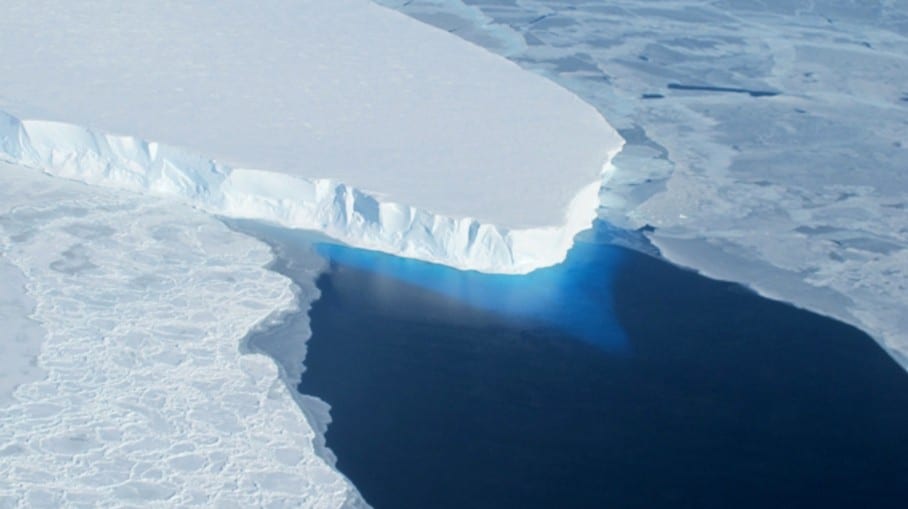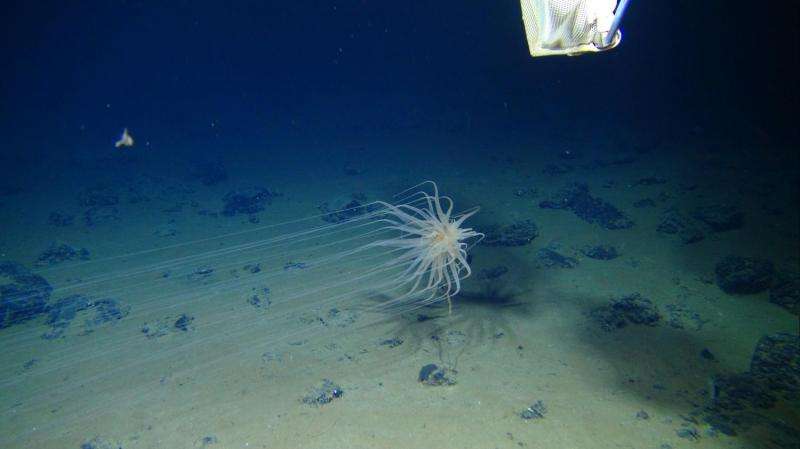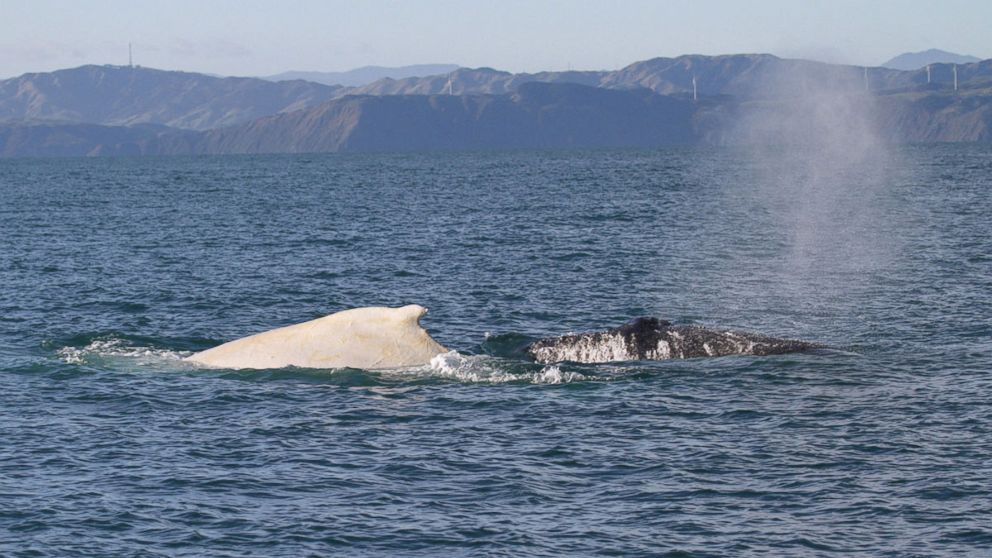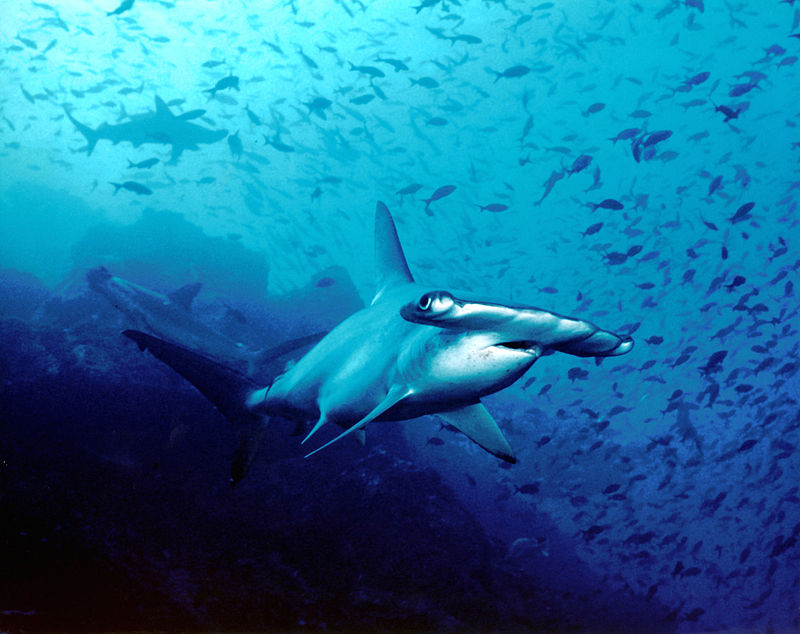In past Week in Review stories Sea Save has highlighted the increase in exploration to build our knowledge of the deep sea. In a proactive attempt, a group of scientists have set the groundwork for the future deep-sea environmental protection and mining regulations. According to the United Nations Convention on the Law of the Sea (UNCLOS), “the deep seabed is legally a part of the “common heritage of mankind”. This protection proposal will be presented to the International Seabed Authority (ISA) which manages the seabed and those areas that inherently belong to every human on the planet. By adopting some of the marine protected areas, ISA can maintain some conservation in the deep sea as well as overall environment stability. Read more…
 This week, a study published in the journal Science revealed that the 20 foot increase in the global sea level was a result of a 1-2 degree C temperature increase. The review, lead by Andrea Dutton of the University of Florida, analyzes over 30 years of data on sea level, ambient temperature, and ice sheet size. Observations and volumes of both the Greenland and Antarctic ice sheets are discussed in the report. According to the scientists, both of these ice sheets have significant contributors to the sea level rise. Concerns for sea level rise continues to grow. An additional increase of 10-20 feet in the world’s sea level could destroy low elevation cities like Miami, Dhaka, Tokyo, Singapore, and New Orleans. Read more…
This week, a study published in the journal Science revealed that the 20 foot increase in the global sea level was a result of a 1-2 degree C temperature increase. The review, lead by Andrea Dutton of the University of Florida, analyzes over 30 years of data on sea level, ambient temperature, and ice sheet size. Observations and volumes of both the Greenland and Antarctic ice sheets are discussed in the report. According to the scientists, both of these ice sheets have significant contributors to the sea level rise. Concerns for sea level rise continues to grow. An additional increase of 10-20 feet in the world’s sea level could destroy low elevation cities like Miami, Dhaka, Tokyo, Singapore, and New Orleans. Read more…
The Global FinPrint project received four million dollars from Paul Allen’s Vulcan Inc. to study the top predators in the ocean. The study will use baited cameras to assess the current shark and ray populations. Areas that have been targeted for further explorations are the Indo-Pacific, tropical western Atlantic, and southern and eastern Africa and Indian Ocean islands. Read more…
Throughout turtle nesting and hatching season, the state of Florida has strict rules on how to navigate the beaches. Two weeks ago, the Authorities in Holmes and Brandenton Beaches believe that a man and a woman took an ATV on the beach and ran over 5 turtle nests and two shore birds. This careless activity killed anywhere between 500-600 turtles. The community is enraged and is offering a reward for anyone who can provide information on the couple. Read more…
5. 15,000 sq km of Coral Reef Could Be Lost in Mass Bleaching
 According to the US National Oceanic and Atmospheric Administration (NOAA), around 12% of the world’s reefs have suffered bleaching in the last year and the progression will only continue. Scientists believe that the next bleaching event will occur in 2016 and could destroy 15,000 sq km of reef. This would be the third recorded bleaching event , previous ones occurred in 1998 and 2010. Although we have only had a 0.8C change in global temperature, there are drastic impacts on the world’s oceans. Read more…
According to the US National Oceanic and Atmospheric Administration (NOAA), around 12% of the world’s reefs have suffered bleaching in the last year and the progression will only continue. Scientists believe that the next bleaching event will occur in 2016 and could destroy 15,000 sq km of reef. This would be the third recorded bleaching event , previous ones occurred in 1998 and 2010. Although we have only had a 0.8C change in global temperature, there are drastic impacts on the world’s oceans. Read more…
This week, an incredibly rare, white humpback whale was spotted off of the coast of New Zealand. Although we weren’t all there to see the beautiful animal, you can watch the video here! Only four white humpback whales have been reported in the world.
Brennan Phillips, a National Georgraphic Society/Waitt Grants Program grantee, recently spent over four days exploring an underwater volcano off of the Solomon Islands. The volcano is named Kavachi and scientist are unsure how frequently it erupts.To learn more about this mysterious structure, Philips and his team deployed a number of robots and UAVs to explore. What did the cameras reveal? A number of hammerhead and silky sharks! These sharks were able to withstand the hot and acidic waters around the volcano. To see the footage click here…
Be sure to “LIKE” http://facebook.com/SeaSave to ensure our “Week in Review” is delivered to your newsfeed every Thursday.







